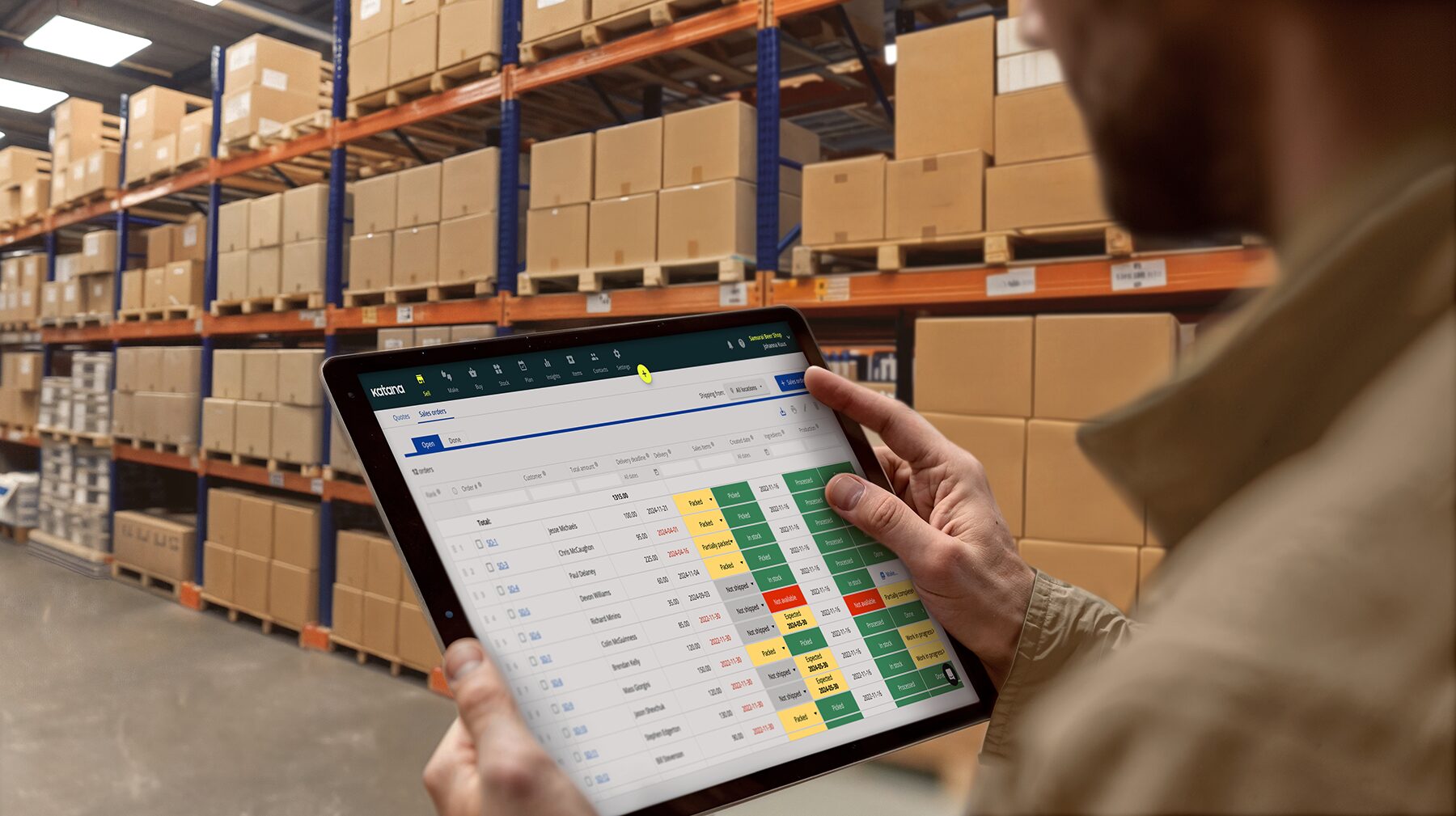The periodic inventory system: Stock counting done right

Ioana Neamt

If Professor Snape had had a periodic inventory system, he would have realized sooner that Harry Potter’s brainy friend, Hermione, had stolen his ingredients for the Polyjuice Potion.
Let’s back up a bit.
One of the best methods for tracking your stock is the periodic inventory system. Unlike perpetual inventory systems, the periodic inventory system doesn’t require continuous tracking, a lot of updating, or extra staff.
The method, preferred because of its simplicity and cost-effectiveness, involves counting inventory at specific intervals. Sure, managing inventory efficiently is crucial for any business, regardless of its size. The periodic inventory system is favored by small businesses and startups. It should also be favored by, say, neurotic professors who keep a cupboard full of some of the most dangerous ingredients known to wizards and muggles alike.

What is a periodic inventory?
Periodic inventory refers to the stock counted and accounted for at specific intervals. At the end of each period, businesses physically count their goods and products, and use this information to update their general ledger.
One such example is the inventory amount at the end of the year, for which a company or business performs a physical count of stock. For monthly, quarterly, or other interim reports, estimates are more likely to be used. This method is popular with small businesses or those with simpler and more straightforward inventory needs because of its user-friendliness and cost-effectiveness.
What is a periodic inventory system?
A periodic inventory system refers to a periodic count of all inventory at the end of a certain period or event.
Whether it’s monthly, quarterly, or annually, a periodic inventory system implies record updates and safety counts to determine how many items are left, as well as how many got sold during that specific period. The periodic inventory system method can even end up determining the cost of goods sold based on these particular periodic counts.
As previously stated, the periodic inventory system works well for smaller businesses as it doesn’t rely much on frequent inventory assessments, is easier to implement, and can be conducted by fewer responsible parties.
In contrast, a perpetual inventory system means goods are continuously monitored and inventory levels are updated — which is also something Snape could’ve done instead of pining after Harry’s mom.
Benefits of having a periodic inventory system
At their core, periodic inventory systems allow businesses to track their beginning and ending inventory within a certain accounting period. Since it doesn’t have to occur on a regular basis, this method of accounting rarely requires additional staff, complex equipment, or fancy updates on even fancier software. This makes tracking product data a breeze, especially for businesses offering only a few products.
So, simplicity and cost-effectiveness are the name of the game here. But let’s see why smaller companies and businesses that are just starting up prefer it. Here are some of the advantages of having a periodic inventory system.
- It’s easy to implement — Periodic inventory systems require fewer records than other valuation methods. They are able to compute the cost of goods sold and available inventory using only a few data points. That’s because conducting a physical inventory count is manageable without requiring extra staff, equipment, or cumbersome knowledge-sharing.
- It’s low-effort and cost-effective — Speaking of no extra requirements, periodic inventory systems also don’t need updating software or monitoring every transaction. This ends up translating into no extra money spent on a valuation method that proves successful.
- It’s ideal for small businesses — Estimating the cost of goods sold over designated periods is simpler for small businesses. For some, a basic inventory count once a week or once a month can be enough to provide a clear picture of stock levels.

Challenges of having a periodic inventory system
So, yes, a cost-effective periodic inventory system is easy to set up. But there are some notable downsides to it.
Primarily, if you’re looking for a counting method that renders a high level of detail, this approach might not be the one for you. This is usually linked to the frequency of updates it provides.
Businesses relying on a periodic inventory system might not realize a product is running low until it’s too late. Add some inaccuracies due to misplacement or human error while counting, and it can turn out to be a disaster recipe for frustration and unnecessary stress on everyone’s part.
Nowadays, thanks to ERP systems, a bigger company can update its inventory automatically with every sale or shipment. Basically, when something gets bought, the seller instantly knows what’s sold, how much of it, and how to plan for restocking. However, businesses using a periodic inventory system may agree to sell something only to discover it’s actually out of stock.
So, in order to avoid having the full picture when it’s too late, more and more small businesses use an inventory tracking system so their stock gets automatically updated following a purchase.
Periodic inventory done right with Katana
If a periodic inventory system lacks the accuracy you need, you may need to look for another system. With Katana, you can implement a perpetual inventory system that updates your stock counts every time you make a sale, receive products, or manufacture new ones. All that and even more are at your fingertips.
With Katana’s cloud-based software, you can effortlessly track inventory levels, optimize warehouse operations, and implement a periodic inventory system ideal for your business.
Book a free demo and let Katana reduce your workload, save you time, and save you money — all while staying on top of your game and ahead of the competition!
FAQs
The upside of having a periodic inventory system is its budget-friendliness and ease of setup. Take away the need for fancy software and tons of paperwork, and you have yourself a perfect accounting method for small businesses or businesses with lower inventory turnover.
First of all, there is no wrong or right. Think of it as a choice between simple and cost-effective versus precise and in-depth.
Periodic inventory systems deal with physical counts of stock levels at set intervals. Being so easy to set up, periodic inventory systems are a less expensive and hassle-free method, just perfect for small businesses with fewer products.
On the other hand, perpetual inventory systems keep track in real time after every purchase. Due to their up-to-the-minute accuracy, they are ideal for larger businesses with lots of inventory and fast-paced sales.
There’s no flicking of a wand or magic formula to a successful periodic inventory system. Rather, a simple calculation that could save you a lot of time and a lot of potential headaches. The cost of goods sold ultimately results from the beginning inventory and purchases minus the ending inventory.

Ioana Neamt
Table of contents
Get inventory trends, news, and tips every month
Get visibility over your sales and stock
Wave goodbye to uncertainty with Katana Cloud Inventory — AI-powered for total inventory control